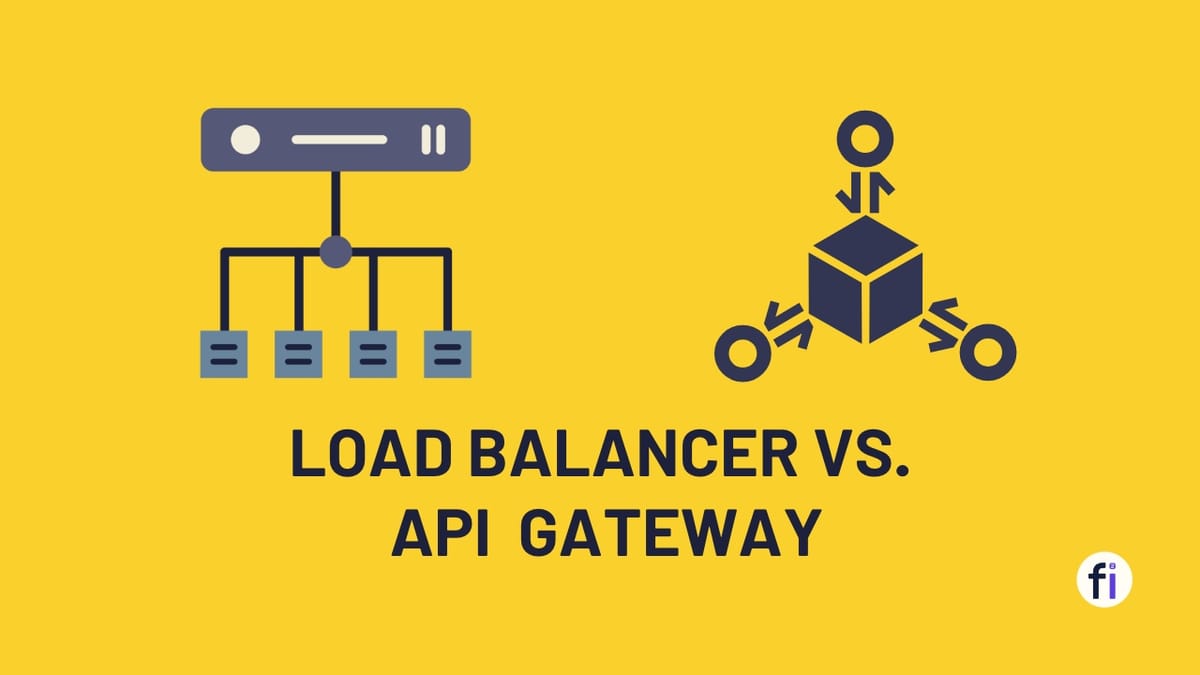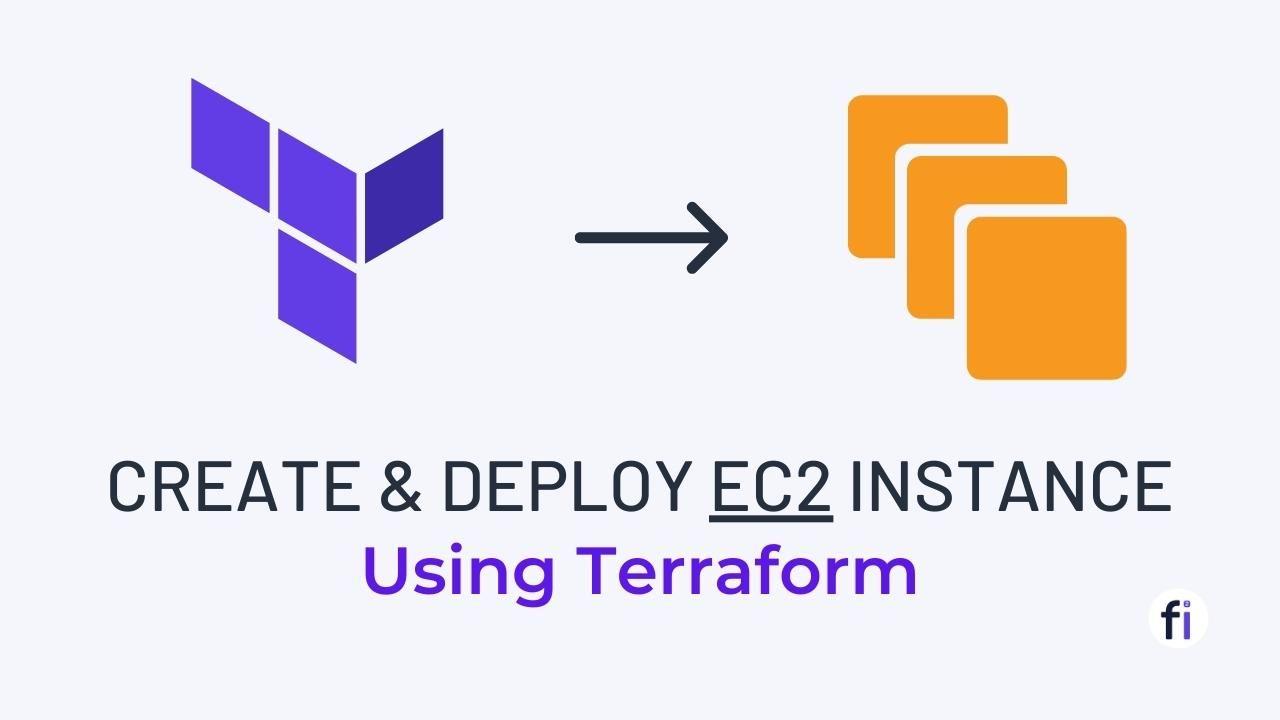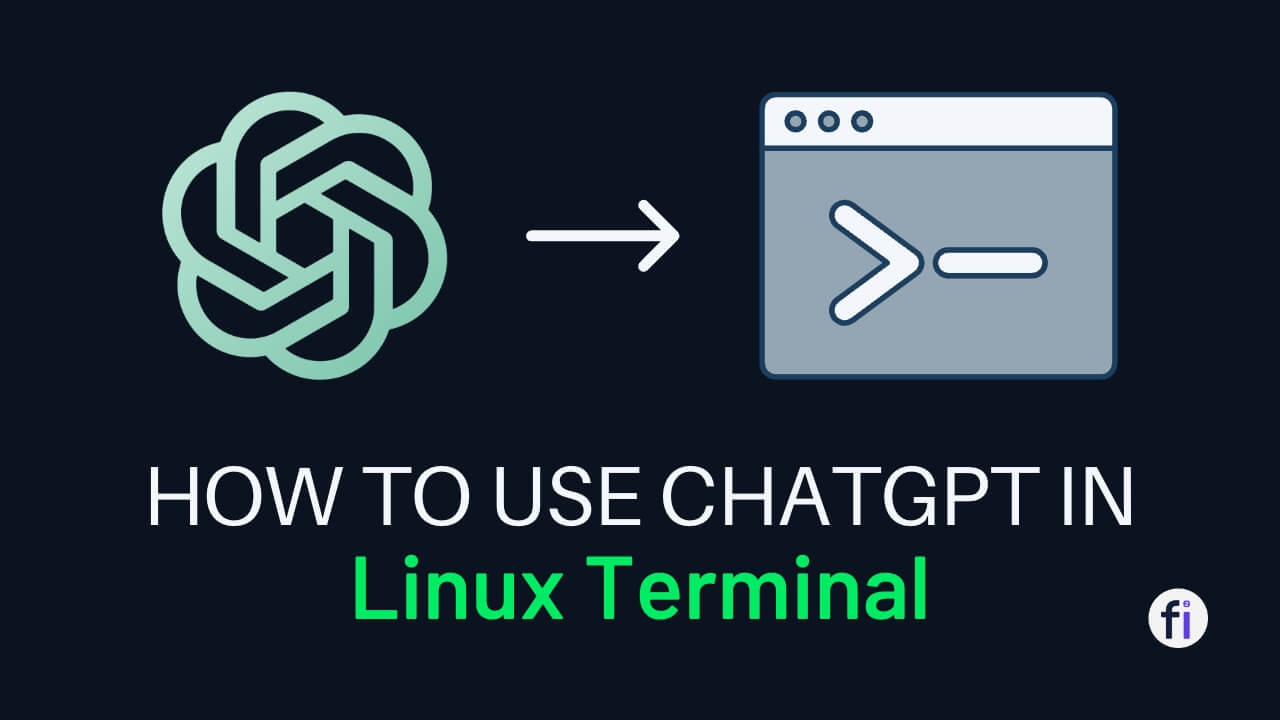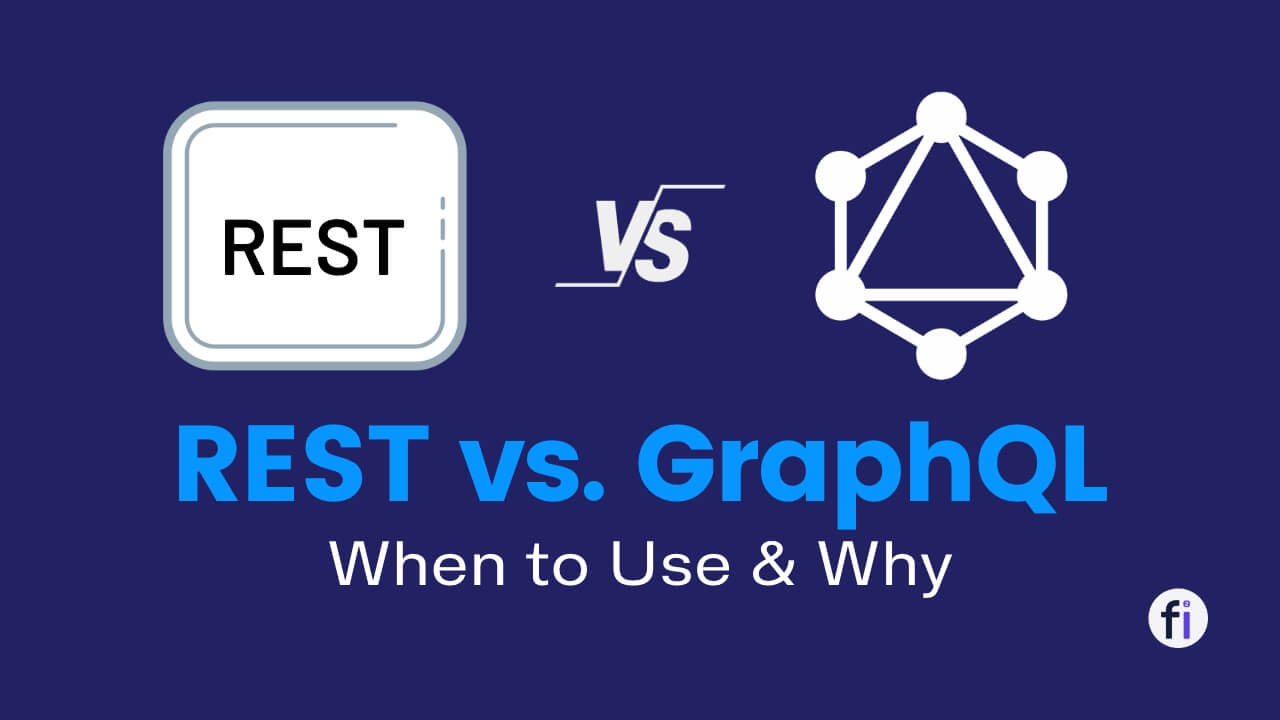What Makes Load Balancer vs. API Gateway Different and Use Cases ?
Discover the key distinctions between Load Balancer and API Gateway, along with their unique use cases like efficient traffic distribution & integration.

Load Balancer vs. API Gateway
If you are developing a web or mobile application, you may need to use some tools to manage the traffic and access to your backend services. Two of these tools are load balancers and API gateways. We'll explore what makes them unique, how they work together, and which one is best for different use cases.
You'll learn about their features, advantages, and disadvantages so you can make an informed decision about what works best for your needs. We'll also discuss their common use cases and how they fit into your overall system architecture.
What is a Load Balancer?
A load balancer is a networking device or software component that distributes incoming network traffic across multiple servers to enhance performance, prevent overload, and ensure high availability of applications or services.


It acts as a mediator between clients and servers, efficiently directing requests to the appropriate backend resources. In the event of a server failure, the load balancer will reroute traffic to the other servers that are still operational. Additionally, when a new server is introduced to the group, the load balancer will immediately begin directing requests to it.
How Does Load Balancer Work?
When a client makes a request to a service (such as a website or an API), the load balancer receives the request and decides which server will process and respond to it. The load balancer can use various algorithms to make this decision, such as round-robin, least connections, or response time and IP hash, to evenly distribute the load.

A load balancer can also perform other functions, such as:
- Providing a layer of indirection between the client and the server, so that the client does not need to know the details of the server.
- Detecting when a server is malfunctioning and removing it from rotation.
- Offloading some tasks from the server, such as HTTPS encryption or caching.
- Routing requests based on content or other criteria.
Load Balancer Use Cases
Load balancers find extensive usage in a wide range of scenarios, including:
- Web applications: Load balancers evenly distribute HTTP requests among multiple web servers, improving response times and handling increased traffic.
- Database load balancing: They distribute queries across database replicas, optimizing performance and preventing bottlenecks.
- Application delivery: Load balancers facilitate the delivery of applications by routing traffic to different server clusters based on specific criteria, such as geographic location or user preferences.

What Is an API Gateway?
An API gateway is an intermediary between the client and the backend services. It is a single entry point for multiple services within your application. You can think of it as a gatekeeper that manages access to your backend services, such as databases, microservices, functions, etc.

This image represent how client requests are collected in a single entry point and then routed to various internal microservices.
API Gateway also handles authentication, rate limiting, caching, and other cross-cutting concerns that apply to all backend services. API gateways are often used in microservices architectures, where they help to decouple clients from individual services and provide a central point of control for managing API traffic.
How Does an API Gateway Work?
API Gateway acts as a single entry point to the underlying APIs, providing a unified interface, protocol transformation, security enforcement, and request routing capabilities. When an external user wants to use an API, they send a request to the API gateway. The gateway then routes the request to the appropriate microservice, verifies the user's identity, and makes sure they are not sending too many requests at once.

The API gateway then transforms the request and response payloads so that they are compatible with the microservice and the user's application. Once the gateway receives a response from the microservice, it transforms the response and sends it back to the user. The gateway also collects data on the requests and responses, which can be used to monitor the performance of the microservices and identify any issues or trends.
API gateways enable organizations to streamline API management, enhance security, and simplify client-side integration.
The main purpose of an API gateway is to provide a secure and consistent access layer for client applications. It can also perform various tasks, such as:
- Authenticating incoming requests and verifying if the user has access to those resources.
- Authorizing requests based on roles, permissions, or policies.
- Limiting the number of requests that can be made within a certain time frame.
- Logging requests and responses for debugging or auditing purposes.
- Transforming requests and responses to match different formats or protocols.
API Gateway Use Cases
API gateways serve various purposes in modern application development and API ecosystems, including:
- Authentication and authorization: API gateways centralize security mechanisms, such as API key validation, OAuth token verification, and rate limiting, to ensure secure access to APIs.
- Traffic management and throttling: They enable efficient traffic routing, load balancing, and request rate limiting to prevent API overuse and optimize resource allocation.
- Protocol transformation and versioning: API gateways can translate requests and responses between different protocols, facilitating seamless communication between clients and backend services.

Load Balancer vs. API Gateway
The Difference
1. Architecture
Load balancers primarily focus on distributing network traffic across multiple servers, ensuring even workload distribution. They operate at the transport layer (Layer 4) or application layer (Layer 7) of the network stack. On the other hand, API gateways provide a higher-level abstraction, offering a centralized entry point for APIs and enabling various value-added functionalities beyond traffic distribution.
2. Traffic Management
Load balancers excel at distributing incoming traffic among backend servers based on predefined algorithms, such as round-robin or least connections. They optimize resource utilization and enhance fault tolerance. API gateways, apart from traffic distribution, provide advanced traffic management capabilities, including request routing, rate limiting, caching, and API versioning, to ensure optimal performance and scalability.
3. Security and Authentication
While load balancers can perform basic network-level security functions, such as SSL termination and DDoS protection, API gateways offer more robust security features. API gateways act as gatekeepers, providing authentication and authorization mechanisms, such as API key validation, JWT verification, and access control policies. They enforce security measures at the API level, ensuring controlled access to protected resources.
4. Protocol Transformation
API gateways excel in protocol transformation, enabling seamless communication between clients and backend services that may use different protocols. They can handle requests in one protocol (e.g., HTTP) and translate them into a different protocol (e.g., gRPC or WebSocket). Load balancers, on the other hand, focus primarily on load distribution and do not provide protocol transformation capabilities.
5. Key Differences: Load Balancer vs. API Gateway
| Load Balancer | API Gateway | |
|---|---|---|
| Advantages | - Efficient traffic distribution among servers | - Centralized access to APIs |
| - Improved performance and scalability | - Enhanced security measures | |
| - High availability and fault tolerance | - Traffic management capabilities | |
| - Simplified server maintenance and updates | - Protocol transformation | |
| Disadvantages | - Limited functionality beyond traffic balancing | - Additional complexity in setup and management |
| - Minimal security features | - Potential single point of failure | |
| - May not support advanced protocols | - Increased processing overhead | |
| Features | - Traffic distribution algorithms | - Authentication and authorization |
| - High availability mechanisms | - Rate limiting and request routing | |
| - Basic security features | - Protocol translation and transformation | |
| - Seamless handling of increased traffic | - Caching and caching strategies |

When to Use Load Balancer & API Gateway?
Both load balancers and API gateways are useful tools for building modern applications. However, they have different use cases and benefits.
Factors to Consider 👇
- The type of traffic you need to balance. Are you balancing traffic for web applications, APIs, or other types of workloads?
- The number of servers you need to balance traffic across. How many servers do you have, and how much traffic do you need to balance?
- The features you need. Do you need load balancing features, API management features, or both?
- The cost of the service. How much does the service cost?
You should use a load balancer when:
- You have multiple servers that provide the same service or functionality.
- You want to improve the performance and reliability of your application by distributing traffic evenly and handling failures gracefully.
- You want to offload some tasks from your servers, such as encryption or caching.
Benefits of Load Balancers
- Improved performance and scalability through efficient traffic distribution.
- High availability and fault tolerance by evenly distributing workload among backend servers.
- Seamless handling of increased traffic and prevention of server overload.
- Simplified server maintenance and updates without service interruption.
&
You should use an API gateway when:
- You have multiple backend services that provide different functionalities or data sources.
- You want to provide a secure and consistent access layer for your client applications.
- You want to perform tasks such as authentication, authorization, rate limiting, logging, or transformation on your requests and responses.
Benefits of API Gateways
- Centralized and unified access to APIs, simplifying client-side integration.
- Enhanced security through authentication, authorization, and traffic encryption.
- Traffic management capabilities, such as rate limiting and request routing.
- Protocol transformation to facilitate communication between heterogeneous systems.

Services for Load Balancer and API Gateway:
When it comes to load balancing and API gateway services, there are several options available. Here are a few commonly used services provided by various cloud providers:
Amazon Web Services (AWS):
- Elastic Load Balancer (ELB): ELB, short for Elastic Load Balancer, is an efficient tool that automatically distributes incoming application traffic across multiple targets. These targets can include Amazon EC2 instances, containers, IP addresses, and Lambda functions.
- Application Load Balancer (ALB): ALB operates at the application layer (Layer 7) and supports advanced routing features. It is suitable for load balancing of HTTP and HTTPS traffic.
- Network Load Balancer (NLB): NLB works at the transport layer (Layer 4) and is ideal for handling extremely high volumes of traffic. It is commonly used for TCP/UDP-based applications.
- AWS API Gateway: Developers can easily create, publish, monitor, and secure APIs of any scale with AWS API Gateway, a robust and completely managed service. With its robust features such as request/response transformations, caching, throttling, and authentication, developers can easily build and manage APIs with ease.
Google Cloud Platform (GCP):
- Cloud Load Balancing: GCP's Cloud Load Balancing service provides global load balancing for HTTP(S), SSL/TCP, and UDP traffic. It distributes traffic across multiple regions and automatically scales resources to meet demand.
- API Gateway: GCP's API Gateway allows you to create, secure, and monitor APIs. It provides features like request/response transformations, rate limiting, authentication, and analytics.
Microsoft Azure:
- Azure Load Balancer: Azure Load Balancer is a layer 4 load balancing service that distributes incoming traffic across multiple VMs or instances within a virtual network.
- Azure Application Gateway: Azure Application Gateway is a layer 7 load balancer that provides advanced routing capabilities and SSL termination. It is suitable for HTTP/HTTPS-based applications.
- Azure API Management: Azure API Management allows you to create, publish, and manage APIs with features like request/response transformations, rate limiting, caching, and authentication.
Others:
- Kong: The open source API gateway Kong has the ability to manage API traffic, provide security features, and connect with various other services.
- Apigee: The Apigee platform is designed for managing API traffic, incorporating security features, and integrating with various other services.
These are just a few examples, and there are other cloud providers and self-managed solutions that offer similar load balancing and API gateway services. The choice of service depends on your specific requirements, including the scale of traffic, the type of application, and the ecosystem you are working with.

Conclusion
In conclusion, While load balancers focus on traffic distribution and ensuring high availability, API gateways provide advanced functionalities like security enforcement, protocol transformation, and traffic management. The decision between a load balancer and an API gateway will depend on your specific use case and requirements. It's important to carefully consider factors such as scalability, reliability, security, and performance when making this decision. By choosing the right technology for your needs, you can ensure that your system is able to handle traffic efficiently and reliably, even as it grows and evolves over time.




FAQs
What is the main difference between a load balancer and an API gateway?
The main difference is Load balancers primarily focus on distributing network traffic, while API gateways provide additional functionalities like security enforcement, protocol transformation, and traffic management.
Can an API gateway replace a load balancer?
No, an API gateway cannot entirely replace a load balancer as they serve different purposes. However, API gateways often incorporate load balancing capabilities alongside other features.
Can both Load Balancer & API Gateway used together?
Yes, it is common to use both a load balancer and an API gateway together in complex application architectures. This combination ensures optimal performance, scalability, and security for API-driven applications.
Do load balancers provide security features?
Load balancers offer basic security features such as SSL termination and DDoS protection. However, for more advanced security requirements, an API gateway is recommended.
How do load balancers and API gateways handle increased traffic?
Load balancers distribute traffic among multiple backend servers, preventing overload and ensuring optimal performance. API gateways provide traffic management capabilities like rate limiting and request routing to handle increased traffic efficiently.
What are the benefits of using an API gateway?
API gateways offer centralized access to APIs, enhanced security, traffic management capabilities, and protocol transformation, simplifying API management and client integration.
What are some reasons for using load balancers before or after an API Gateway?
Using a load balancer before an API gateway ensures even traffic distribution and scalability among backend servers. Placing a load balancer after an API gateway can further enhance performance and fault tolerance by balancing traffic among multiple gateway instances. Load balancers and API gateways can work together to optimize overall system performance.
API Gateway vs Application Load Balancer: Which one to choose?
Application load balancers focus on distributing traffic among applications or services. Choose an API gateway when you need comprehensive API management features, and choose an application load balancer when your primary concern is traffic distribution among backend applications.
How does API Gateway scale according to load?
API gateways can scale horizontally by deploying multiple instances and load balancers to handle increased traffic. As the load increases, additional gateway instances can be added dynamically to distribute the traffic and ensure optimal performance. Load balancing techniques and auto-scaling mechanisms can be employed to handle varying loads effectively.

